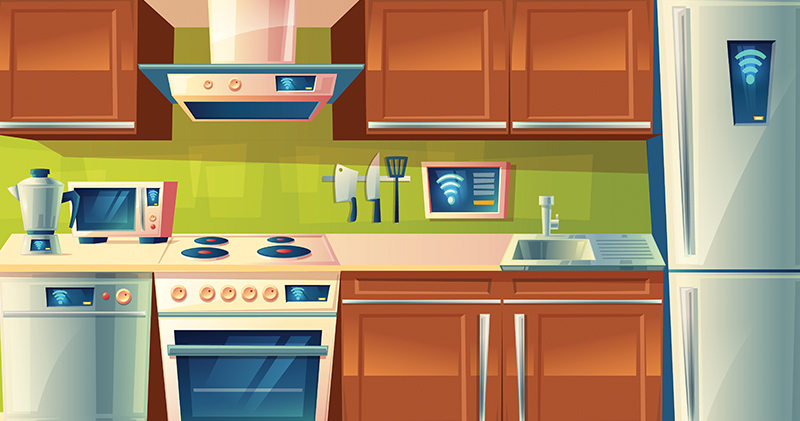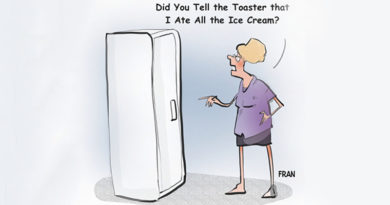Smarty Town
By The Phantom
So, smart cities are all the rage today, huh? Now just what does that mean? I didn’t think cities were animate objects that could have a characteristic like “smart.” But then as early as the late 1980s we were calling homes “smart,” and they are no more animate than are cities. The people who live in the homes might be “smart,” and the people who live in cities might be “smart,” but what does that have to do with the home or the city being “smart”? Engineer-speak sometimes contains confusing reference to how much memory a computer has by asking how “smart” it is. So maybe it’s normal for people to talk about how “smart” a home or city is, when they are really characterizing how much communications infrastructure it has.
Now back in the late ’80s, when we first started talking about smart homes, we were hard-pressed to find good applications (“use cases,” as we call them now); we had kinda just figured out that we could get computers to talk to each other, including the one-chip computers starting to be built into appliances. One frequently-cited application was to have the washer tell the TV when it finished a load of clothes. Then the TV would put a message on the screen, telling the lady of the house (it was okay to say that back then) that it was time to get up from in front of the TV and go put the clothes in the dryer. Another brilliant idea was that the water heater would know when it had recovered from providing hot water for showers, and it could tell the dishwasher to turn on. Wow! What brilliant uses of technology! Oh yeah, there was one where the fridge would keep track of what you took out and automatically re-order from the store when you got low. (Wonder what it would do with Mrs. P’s random meal planning strategy.) At least that one has sorta seen the light of day, albeit in a more practical implementation.
Well, fast-forward several decades and where are we with smart homes? Thankfully, the washing machine doesn’t talk to the TV and the water heater doesn’t talk to the dish washer. But we have easily-installed security systems that protect us. We have cameras all around the house to let us know if some bad guy is coming around or if grandma has fallen and can’t get up. We have smart speakers that monitor and apparently can report back what is said in our homes. And we have smart phones that can let mom and dad know when junior goes to see his friends, when he said he was going to the library.
The point is that while “smart” homes were something of a solution waiting for a problem at first, as time has gone on and the business and technical issues have settled, amazingly we have actually found real reasons for smart homes. Some of the early use cases seem pretty silly now (and frankly didn’t seem that smart then), but they have evolved into things that really do (mostly) good. And so it shall be with smart cities; in 35 years another Phantom may write about how some of our early concepts of smart cities didn’t pan out all that well, but the concepts evolved over time into things that are really useful.
The key to both smart homes and smart cities is communications. If you make paths for stuff to communicate with other stuff, then folks will figure out what stuff to communicate. Some of the communications will even be useful. So who has the “pipes” (really coax and fiber optic cables) located where communications are going to be needed? Well, a couple of folks have them, but the biggest, fastest pipes are owned by <insert dramatic pause> yep, you guessed it.
 The Phantom
The Phantom
the.phantom@youwontfindmeanywhere.com
You never know when The Phantom is standing right beside you. Sometimes he is in a meeting with you or walking the floor at your favorite cable show. Sometimes he’s hanging with the suits and other times with the front liners. But be assured, The Phantom sees all, The Phantom knows all and, most importantly, The Phantom tells all.
Image: Shutterstock




